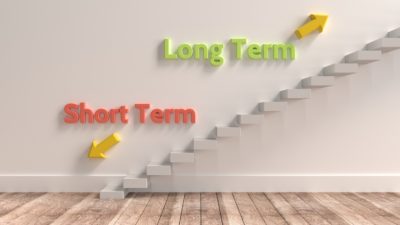 National Grid (LSE: NG) (NYSE: NGG.US) owns and operates the electricity distribution network in England and Wales, and it operates the Scottish network (which is owned by Scottish Power and Scottish Hydro). In addition, the company part-owns and operates high-voltage links that allow excess generation to be transferred between Great Britain and France, the Netherlands and Northern Ireland.
National Grid (LSE: NG) (NYSE: NGG.US) owns and operates the electricity distribution network in England and Wales, and it operates the Scottish network (which is owned by Scottish Power and Scottish Hydro). In addition, the company part-owns and operates high-voltage links that allow excess generation to be transferred between Great Britain and France, the Netherlands and Northern Ireland.
All gas in the UK passes through National Grid’s “national transmission system” as it makes its way from the main gas terminals to consumers. National Grid also owns four of the eight regional gas distribution networks that pipe gas direct to people’s homes.
And outside of the UK National Grid supplies electricity and gas to a significant portion of the north-eastern states of the USA.
Buy
If you’re looking for a good defensive investment, look no further. Everyone uses energy. Even in times of economic downturn, everyone still needs energy to cook, heat and light their homes, watch TV, etc. Indeed, if people are trying to save money by staying home rather than going out, they may even use a bit more gas and electricity than otherwise.
Also, National Grid operates in a regulated commercial environment, which means that it has a good idea of its likely revenues for several years ahead, as well as its capital expenditure obligations, which makes for comfortingly consistent cashflow.
Better still, despite being regulated, National Grid’s vertically-integrated business model insulates it pretty well from the possible depredations of the vote-hungry politicians currently threatening legislation to reduce utility bills.
And National Grid has got a terrific “moat” to protect it from competition — no-one’s likely to try to build an alternative nationwide electricity or gas distribution network in the UK.
Hold
If you already own National Grid, you can sit back and enjoy its market-beating yield, which is currently around 4.6%. And it’s set to rise to around 5% by 2015, thanks to the company’s s commitment to increasing the annual dividend by at least RPI for the foreseeable future. That’s far better than you’ll get from a high-street savings account, and likely to remain so for a long time to come.
But it’s not just the dividend that’s attractive. Investors in National Grid have enjoyed very respectable capital growth, too — over the past five years National Grid’s shares have risen 48%, comfortably outperforming the FTSE 100‘s 27% increase in that time.
National Grid is never going to be an exciting investment — but it’s very unlikely to give you any sleepless nights, either.
Sell
Businesses in regulated industries are never going to suddenly rocket in price, so maybe you could get a better overall return by selling National Grid and investing in a company operating in a less restrictive industry. And regulated businesses are always vulnerable to changes in the regulatory environment — there’s no guarantee that a company’s future licences will be as favourable as its current one.
And even if the generous yield seems attractive now, you may not be convinced that National Grid will be able to maintain it. The company’s profits have been relatively flat for the past few years, meaning that the increases its made in its dividend payout have resulted in the level of cover falling. That can only go on for so long before something has to give.
Dividend cover is forecast to be around 1.3 times by 2016, which is well below the usual ‘safety level’ of 2 times. If cover were to fall too much further either the dividend rises would have to stop — or, perish the thought, the dividend might even have to be cut — or else the share price might have to fall to push up the yield in the face of earnings that are falling in real terms. Or even both.






